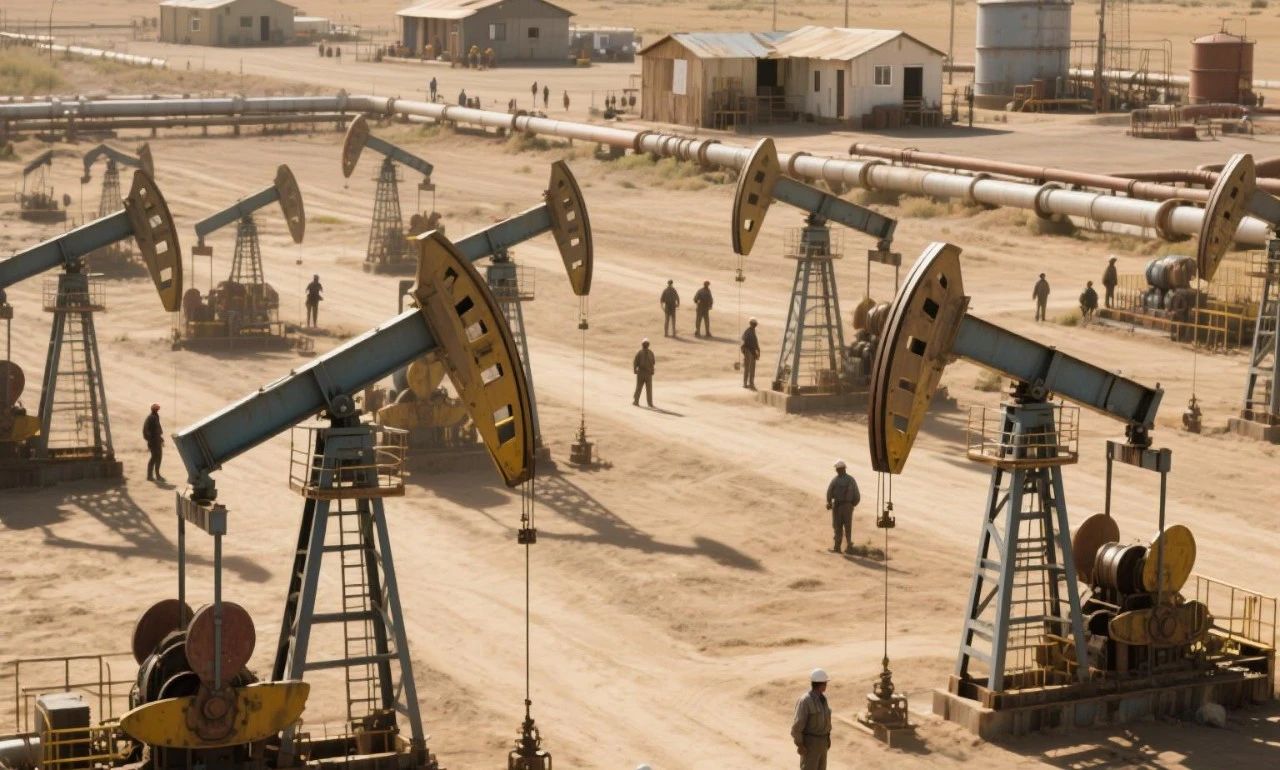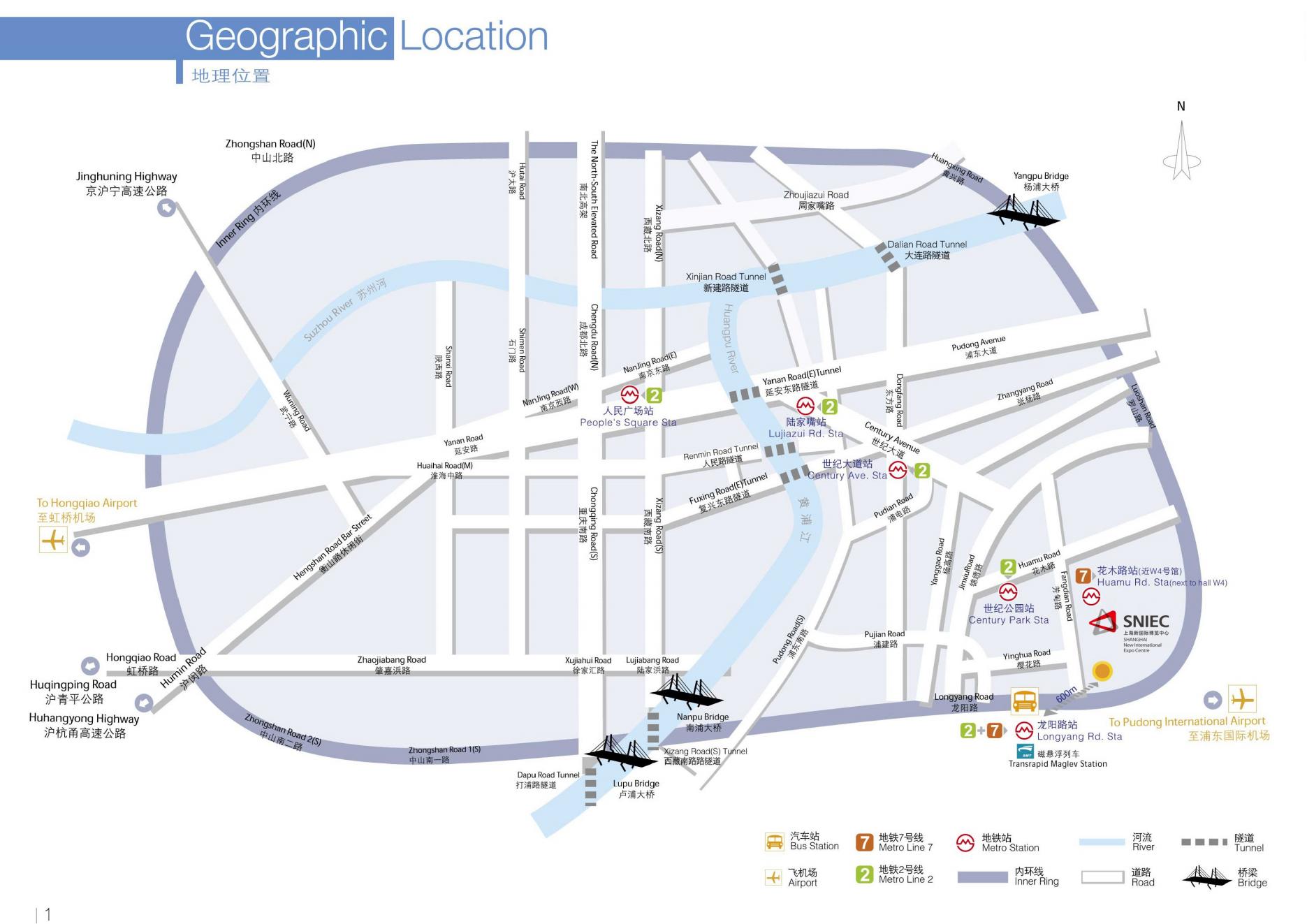Recently, Holland, a Dutch nameplate company, and Xerafy, an RFID company, announced that they have further expanded their long-term partnership to jointly provide more rugged RFID tracking solutions for the global oilfield service industry. This strategic move not only consolidates the successful cooperation between the two parties in the North American market, but also expands the scope of cooperation to the Middle East, Europe and Southeast Asia, helping operators to fully digitize asset management in extreme environments.
Solving the challenges faced by oilfield service providers together
As the digital transformation of the energy industry continues to deepen, oilfield service providers face unprecedented challenges to track thousands of high-value mission-critical assets and ensure the reliability and safety of these assets in harsh conditions. Holland Nameplate and Xerafy's integrated products came into being, providing end-to-end visualization solutions, from pipe yard to wellhead, to achieve seamless tracking and management of equipment and pipes throughout the life cycle.
At the core of this cooperation are rugged RFID tags that are designed to withstand harsh environments and are certified for use in ATEX/IECEx/C1D1 hazardous areas. The joint product portfolio includes multiple options such as embedding, bundling and welding, supports UHF and HF/NFC frequencies, and has high flexibility and adaptability to meet the needs of various field applications and existing infrastructure. These innovative RFID solutions not only improve the efficiency of asset management, but also enhance security and compliance, bringing significant operational advantages to oil and gas operators.
Michel Gillmann, Chief Marketing Officer of Xerafy, said: "Our long-term cooperation with Holland Nameplate has enhanced our ability to serve oilfield service companies around the world. By jointly introducing ruggedized RFID design and unparalleled field deployment expertise, we are able to help customers digitize asset tracking, meet strict compliance standards, and improve overall operational performance from the factory to the well site."
Michael Bond, Sales Director of Holland, also highly recognized this cooperation: "Working with RFID technology leaders such as Xerafy enables us to bring innovative, high-performance tag products to a wider market. Through cooperation, we provide customers with a perfect combination of cutting-edge technology and proven durability, aiming to improve operational efficiency, safety and compliance, and bring transformative progress to the energy industry."
In addition to the oil and gas sector, this partnership is also ready to support adjacent industries such as renewable energy, mining and construction, which are also facing challenges in asset tracking, compliance and operational efficiency. Holland Nameplate and Xerafy's solutions will help these industries achieve digital transformation, improve overall operational efficiency, reduce operating costs, and promote sustainable development.
The cooperation between Holland Nameplate and Xerafy not only brings revolutionary RFID tracking solutions to the oilfield service industry, but also injects new vitality into the digital transformation of the entire energy industry. With the continuous deepening and expansion of the cooperation between the two parties, it is believed that they will bring more intelligent, efficient and safe asset management solutions to more industries.
The role of RFID in the oilfield field
RFID technology has significantly improved the production efficiency and safety of oilfields through functions such as equipment life cycle management, real-time monitoring of production data, intelligent inspection and maintenance. At the same time, its integration with technologies such as the Internet of Things and big data provides key support for the intelligent transformation of oilfields, helping enterprises to achieve cost reduction, efficiency improvement and sustainable development. Specifically, RFID can play the following roles in the oilfield field:
1. Equipment and asset management
Equipment life cycle management: RFID tags can be attached to equipment such as drilling rigs, oil well pumps, and oil pipelines to record the equipment's procurement, installation, operation, maintenance and scrapping data in real time. By integrating with the oilfield asset management system, dynamic update and visual display of equipment information can be achieved, improving equipment utilization and reducing idle rate.
Intelligent inspection and maintenance: Inspectors use RFID handheld terminals to scan equipment tags to quickly obtain equipment status, historical maintenance records and operation manuals. The system automatically generates inspection plans and pushes abnormal alarms to ensure that equipment failures are discovered and repaired in a timely manner, reducing unplanned downtime.
2. Production process optimization
Real-time monitoring of production data: RFID sensors are deployed at key nodes such as oil wells and oil pipelines to collect production parameters such as flow, pressure, and temperature in real time, and transmit them to the control center through wireless communication networks. The system automatically analyzes data fluctuations, provides decision-making basis for production scheduling, and optimizes mining efficiency.
Precise material management: RFID tags are equipped for materials such as drill pipes and valves to achieve automatic identification of warehousing, outbound storage, and allocation. Combined with the intelligent warehousing system, the location and inventory status of materials can be tracked in real time to avoid backlogs or shortages and reduce logistics costs.

3. Safety and emergency management
Personnel positioning and safety control: RFID positioning cards are equipped for operating personnel to monitor their location and activity trajectory in real time. Electronic fences are set up in dangerous areas. When personnel enter restricted areas, the system automatically alarms and links video surveillance for review to ensure personnel safety.
Emergency response and material tracking: In emergency rescue, RFID technology can quickly locate the storage location of emergency materials (such as firefighting equipment and first aid kits) and track their use. Combined with the GIS system, the optimal deployment route can be planned to shorten the response time.
4. Intelligent upgrade and cost control
Digital oilfield construction: RFID technology is the basis for the digital transformation of oilfields. By integrating with big data, cloud computing and other technologies, an intelligent oilfield platform is built. It realizes functions such as remote monitoring of equipment, predictive maintenance of production, and energy consumption optimization, and promotes the transformation of oilfields from traditional management models to intelligent and refined ones.
Reduce operating costs: Reduce production stoppage losses caused by equipment failures through equipment status monitoring and preventive maintenance; reduce inventory backlogs and procurement costs through precise material management; reduce safety accidents and compensation expenses through personnel positioning and safety control.
This paper is from Ulink Media, Shenzhen, China, the organizer of IOTE EXPO (IoT Expo in China)


















